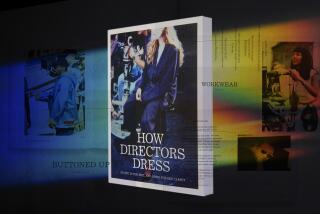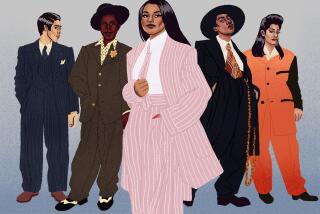HIGH FASHION
On the runway
It has been 70 years since the first flight attendants took to the skies. Since then, the job description hasn’t changed much, but the uniforms sure have.
Until World War II, flight attendants were required to be registered nurses, and some airlines had them wear their medical garb in the air. Other carriers dressed them in skirts and jackets with a distinctly military look. The very first flight attendants, who worked for Boeing, wore dark green wool skirts, double-breasted jackets and hats shaped like shower caps to protect their hair from propeller gusts.
After the war, airlines hurried to demilitarize the attire of stewardesses, as they were then known. In 1948, Christian Dior created uniforms for Scandinavian Airlines System (SAS) with sexy, form-fitting jackets and long, pleated skirts. Unfortunately, the unwieldy skirts caused mishaps in the airplanes’ narrow aisles.
Still, Dior’s “new look” ushered in the high-fashion era. Airlines had their attendants dress in elegant outfits, complete with hats, gloves, stockings and girdles. In 1965, Italian designer Emilio Pucci debuted his “couture collection” for the now-defunct Texas-based airline Braniff. The Braniff outfits, in psychedelic colors, featured space-age culottes, leotards, “pant dresses,” flamboyant scarves and even plastic-bubble head covers (for rain protection). “Stews” made four costume changes per flight, each combination more revealing than the last.
For sheer sexiness, though, no one outdid California’s Pacific Southwest Airlines. In the early ‘60s, PSA inaugurated the “banana skin,” a brown zipper-front dress so skin-tight that flight attendants literally had to peel it off. Then came green and orange mini-skirt outfits with hemlines so short that hostesses displayed their persimmon-colored ruffled underpants every time they bent over. But perhaps the best-remembered outfit was PSA’s 1970 pink-and-apricot number, worn with apricot boots.
By the early ‘70s, every airline wanted a distinct look: Valentino created hot pants for TWA flight attendants, Evan-Picone designed princess-style jumpers for Pan Am, and American Airlines turned to Bill Blass for a more elegant look.
As airliners became just another form of mass transit, though, flight attendant fashion gave way to practicality. Things have devolved to the current Southwest Airlines anti-glamour look--Bermuda shorts and polo shirts--so casual and unregimented these days that you can hardly tell the flight attendants (many of them are now male) from the passengers.
More to Read
Sign up for The Wild
We’ll help you find the best places to hike, bike and run, as well as the perfect silent spots for meditation and yoga.
You may occasionally receive promotional content from the Los Angeles Times.






